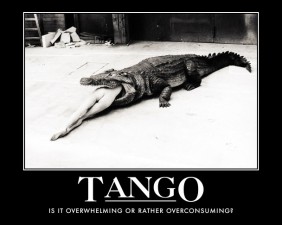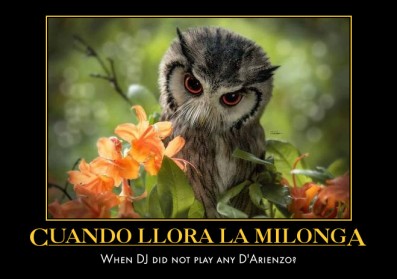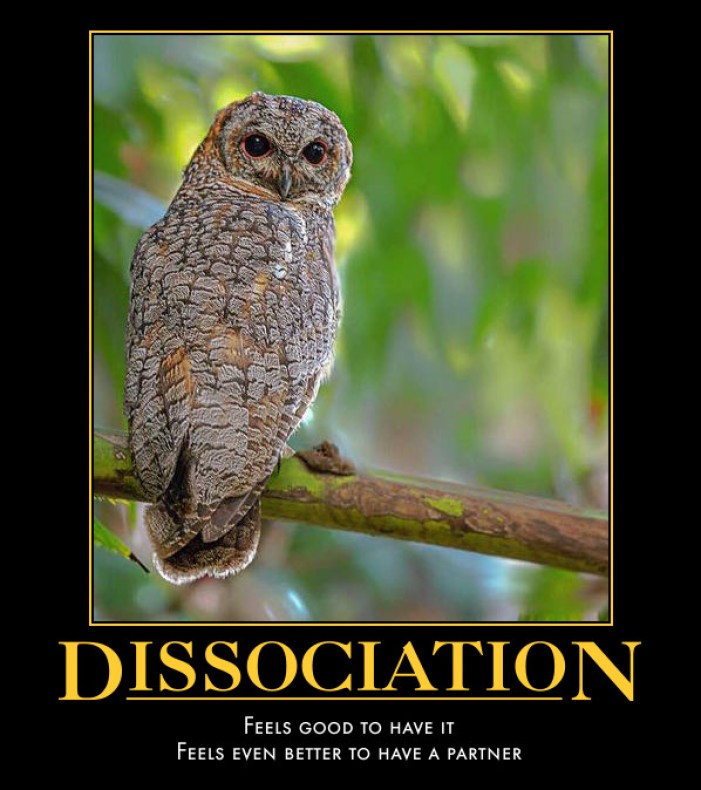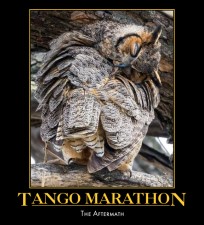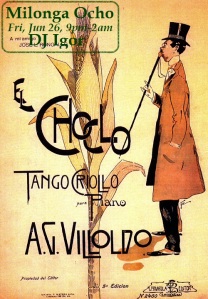1. Предисловие
 Если перед вами встала задача выбора новой системы звукоусиления, или обновления уже существующей, вы можете столкнуться со множеством различных проблем, но уж точно не с проблемой нехватки информации. На сетевых форумах вы найдете множество отзывов на интересующие вас модели, а на страничках производителей – все характеристики и даже рекомендации по их применению и настройке. Проблема заключается в том, что подавляющее большинство этой информации будет относиться либо к клубному либо к сценическому оборудованию. Клубные системы в первую очередь предназначены для очень громкого воспроизведения рока, техно, и подобной музыки, которая по своим характеристикам очень сильно отличается от музыки танго Золотого Века. Топовые сценические системы, способные, по-определению, воспроизводить любую музыку, от классики до рейва, идеально подошли бы и для наших целей, но цена такой системы превышает бюджет среднестатистической милонги чуть более чем на порядок.
Если перед вами встала задача выбора новой системы звукоусиления, или обновления уже существующей, вы можете столкнуться со множеством различных проблем, но уж точно не с проблемой нехватки информации. На сетевых форумах вы найдете множество отзывов на интересующие вас модели, а на страничках производителей – все характеристики и даже рекомендации по их применению и настройке. Проблема заключается в том, что подавляющее большинство этой информации будет относиться либо к клубному либо к сценическому оборудованию. Клубные системы в первую очередь предназначены для очень громкого воспроизведения рока, техно, и подобной музыки, которая по своим характеристикам очень сильно отличается от музыки танго Золотого Века. Топовые сценические системы, способные, по-определению, воспроизводить любую музыку, от классики до рейва, идеально подошли бы и для наших целей, но цена такой системы превышает бюджет среднестатистической милонги чуть более чем на порядок.
Тем не менее, качество звука на большинстве милонг можно ощутимо улучшить, даже располагая сравнительно небольшим бюджетом. В этой статье я попробую рассказать, как именно это можно сделать, основываясь на своем собственном опыте изучения систем звукоусиления марафонов, фестивалей и милонг в разных концах планеты, а также на опыте подбора, установки и настройки оборудования для нескольких танго клубов в моем городе.

 The question “which sound card should I get” arises periodically in various DJ forums. The answers are often reduced to “I use card X, it’s the best!”, with an inherent possibility of a local religious war. The truth, however, is that nowadays there are plenty of good sound cards out there, with very reasonable prices and widely varied feature sets, and so you can make much better choice by looking at the specific features of the card that you need, rather than listening to someone’s opinions on what is “the ultimate best”.
The question “which sound card should I get” arises periodically in various DJ forums. The answers are often reduced to “I use card X, it’s the best!”, with an inherent possibility of a local religious war. The truth, however, is that nowadays there are plenty of good sound cards out there, with very reasonable prices and widely varied feature sets, and so you can make much better choice by looking at the specific features of the card that you need, rather than listening to someone’s opinions on what is “the ultimate best”.

